
The Importance of pH in Formulation
Juliette van der MeerpH Is a factor so fundamental to everything containing water that we sometimes forget its importance. It exists on the atomic scale but has a huge impact on how a product behaves. Here is a little refresher and expose on the how, what and why of pH in cosmetic formulation.
What Does pH Mean?
pH Or the potential of hydrogen, is a measure of how acidic or basic water is. The pH scale only measures water and water based ingredients (aqueous substances), so oils and other anhydrous substances won't have a pH or contribute to the pH in any way.
Why is ph Important?
pH Levels are important because it can tell us about current conditions and what is changing chemically in our formulations.
pH also affects solubility and biological availability:
How does pH change Solubility?
Lower pH levels increase solubility. An everyday example of this is tap water:
- Soft Water: slightly acidic has dissolved minerals and salts.
- Hard Water: slightly alkaline/basic causes 'scales' to form in kettles and taps as undissolved minerals fall out and deposit themselves. My water at home is particularly alkaline (I've tested it) and the deposits are a huge problem.
In cosmetic formulations an example of pH dependency is solubility. pH affects the solubility of essential oils when using a solubiliser. A lower pH or even the addition of a preservative (which has a low pH and therefore influences the overall pH) can increase the solubility and make dissolving oils easier.
How does pH change Biological Availability?
- Lower pH levels tend to make the environment unsuitable for microbiological activity and growth, which is why most preservatives are acidic and have a lower pH.
- The pH can affect how an ingredient behaves: Some ingredients work best in specific pH ranges, while others may even break down to a different composition in the presence of incompatible pHs.
- The pH also affects how your skin will react to a product (yes your skin and body has a pH; skin is around the 5.5 mark). If a product has a pH that is way out of our skin's pH range, it may cause irritation or in extreme cases a reaction.
How Does the pH Scale Work?
The pH scale runs from 0-14 and cannot be negative, with 0 being incredibly acidic and 14 being extremely basic/alkaline. Products on the extreme ends of the scale are dangerous and you shouldn't touch them without proper protective gear on.
- On the acidic side, battery acid (sulfuric acid) and hydrochloric acid are some of the most powerful acids known and have a pH of 0 and 1 respectively. Lemon juice is also extremely acidic and is around pH 2. Black coffee is around 5, and saliva is around 6.3-6.6.
- Water has a pH of 7, which is halfway between the two acid-base extremes and is known as neutral.
- On the basic side (above 7), sea water is about pH 8, baking soda is 9.5, bleach and lye is 13.5 and drain cleaner is the most harsh at 14.
What Do the pH Numbers Mean?
pH is reported in logarithmic units and each number is 10x more acidic/basic than the last. For example, pH 5 is 10 times more acidic than pH 6, and pH 10 is 10 times more basic than pH 9.
How Does pH Affect Cosmetic Formulation?
We've already hinted at a few ways in which the pH can affect cosmetic products but here is a more in depth look.
Our skin has a pH of around 5.5
We should always formulate our skincare products to be in this vicinity so as not to interfere too much with our skin's natural balance.
Can I use Acidic Products?
Of course there are instances where we like to use an acidic product, such as an acid peel as a chemical exfoliant. The use of alpha and beta hydroxy acids such as lactic acid, malic acid and salicylic acid can slough off dead skin cells, increase new skin cell turnover and improve skin tone and texture. But we don't use acid exfoliants everyday. Most are used 1-2 times per week.
What about pH and Skin Irritation?
Prolonged use of products with vastly different pH's to our skin can cause irritation. It's why castile soap (high pH) can eventually cause scalp irritation if used as a shampoo, and why constant use of a baking soda-based deodorant made me eventually break out in a rash.
pH Can impact Ingredients Performance
For example many preservatives only work in a specific pH range. Certain actives need specific pH ranges in order to be effective. For example, niacinamide/Vitamin B3 needs a pH of 6 or as close as (so 5.5 is ok, but don't go below that or it may lose its efficacy).
Some ingredients can impact the pH. For instance Geogard Ultra has been known to cause a pH drift downwards over time so it needs to be buffered.
Honestly, I can't stress enough how important pH is in cosmetic formulation, especially where preservatives and active ingredients are concerned. So make sure to measure the pH of your formulations
When Should I Measure pH?
Measure the pH of your water phase and adjust it to the correct pH of around 5.5 (keeping in mind the needs of any pH specific ingredients), before combining the rest of your phases.
You can also test the pH of a water based product or O/W emulsion after it has been made. An emulsion may need to be combined with a little water to make it wet enough for the pH test strips to pick it up. It is important to test the pH of the fully formed product to ensure it is the correct pH and nothing has changed. You wouldn't want to find there was a pH drift happening, making your product too acidic and therefore potentially irritating to skin.
Note: you can't test the pH of a W/O emulsion after it has been made; you will need to adjust the pH to the correct level at the water phase.
How Should I Measure pH?
You should measure the pH of your water phase to make sure it is in line with your ingredient requirements. If you add more ingredients at cool down, you should measure the pH there too.
Use a digital pH meter if you have one, otherwise pH strips can work well.
- If using a digital pH meter, follow the manufacturer's directions for calibrating and operating it.
- If using pH strips, stick the end in your solution and then refer to the pH guide at the back of the package to determine the pH level.
Adjust the pH accordingly if necessary and re-measure the pH to make sure it is within range.
What Can I Do If My pH Is Off?
The great thing about pH is that it is easily adjusted. If your product is too basic, simply add in a little acid to make it more acidic. If the product is too acidic, add a little base to bring up the pH.
- Acid solution: citric acid is the most versatile but lactic acid can also be used. Don't use ascorbic acid/Vitamin C as it oxidises quickly.
- Basic solution: sodium hydroxide solution, l-arginine or even baking soda. If you need to adjust your product a lot, baking soda may not be powerful enough, so use something a little stronger such as sodium hydroxide or even l-arginine.



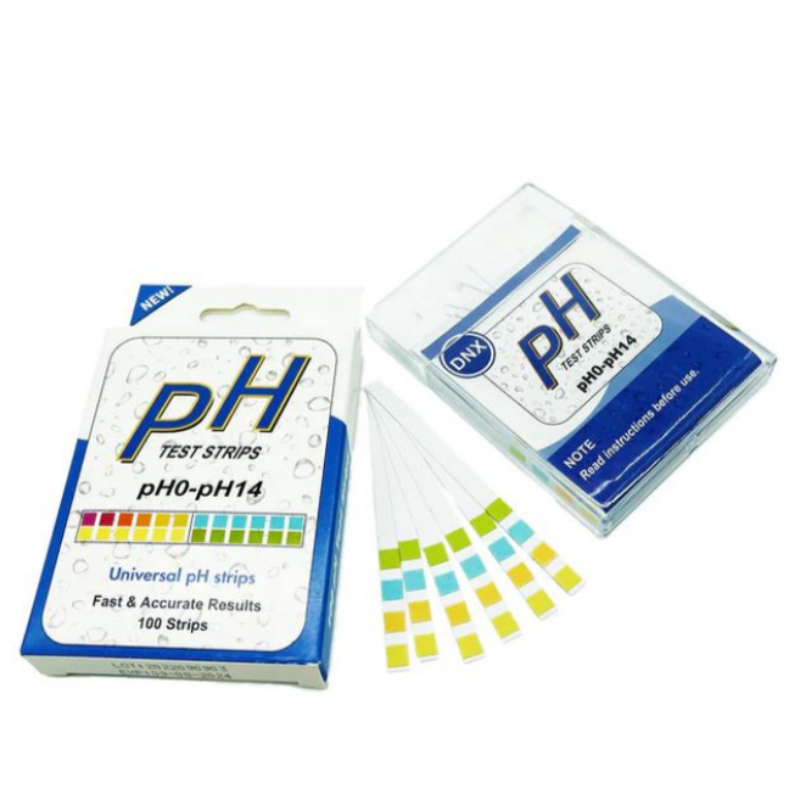
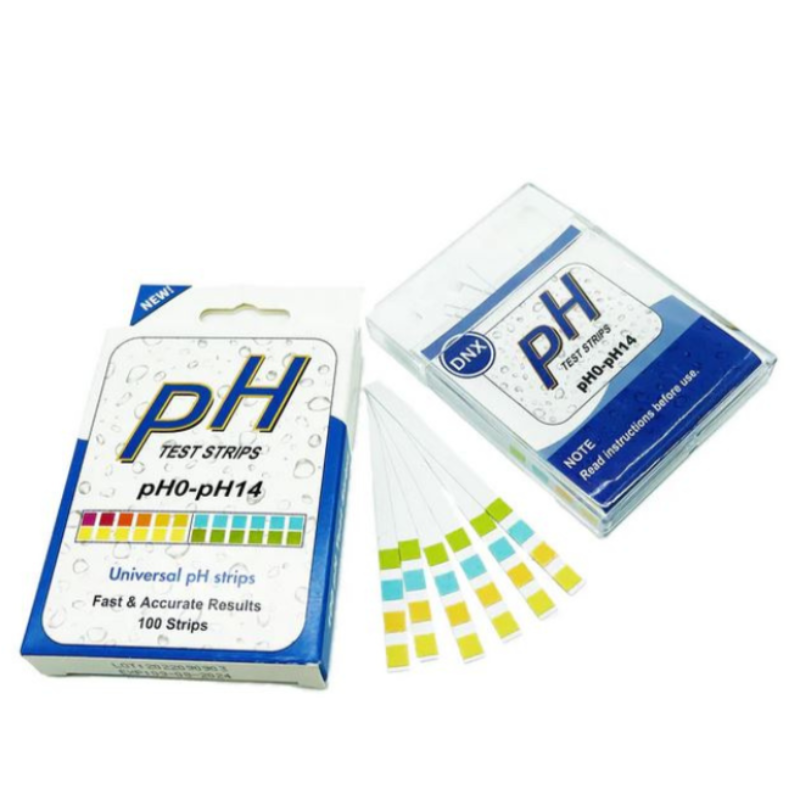
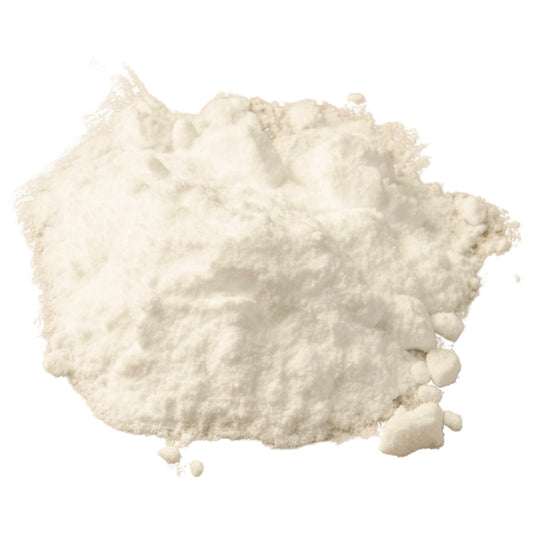
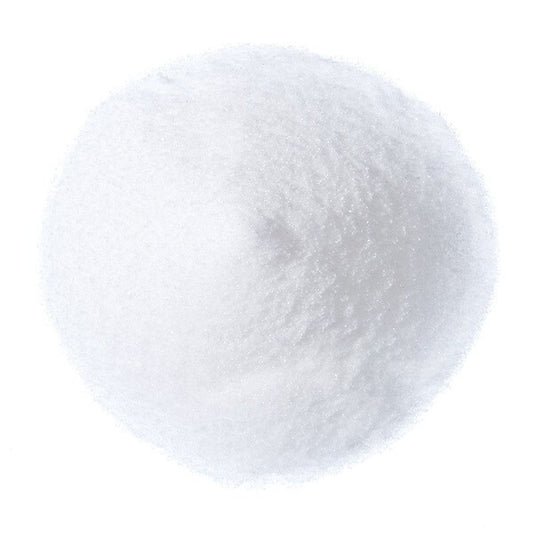
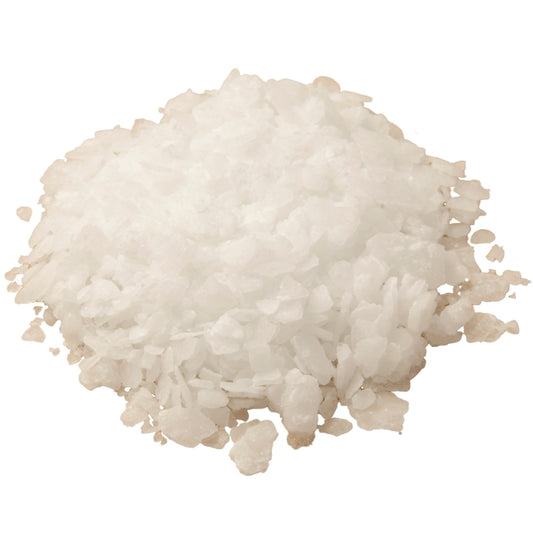
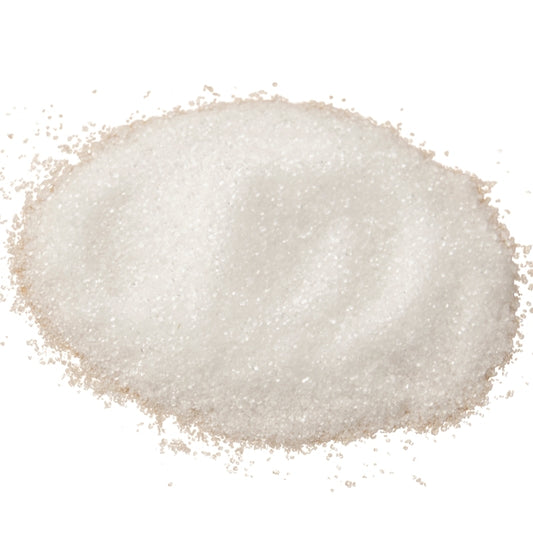




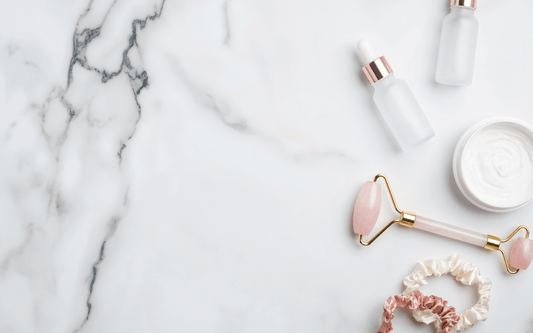


2 comments
Hi Debra, I got mine off Takealot so maybe try there?
I use a combination of the pH strips and the digital meter :)
Do you know of a reasonably priced digital pH monitor for amateur DIY enthusiasts please?